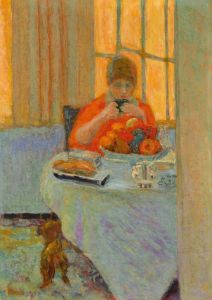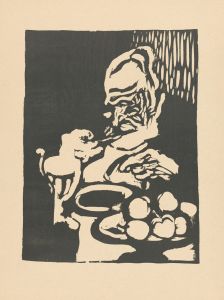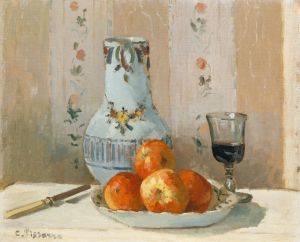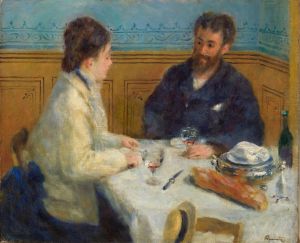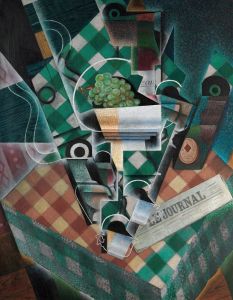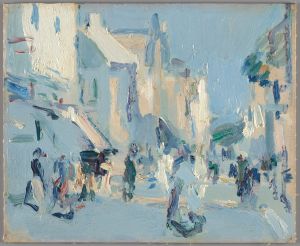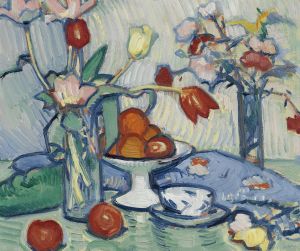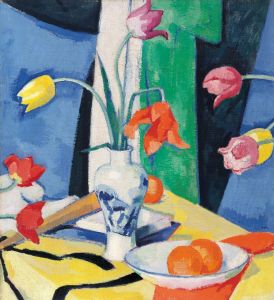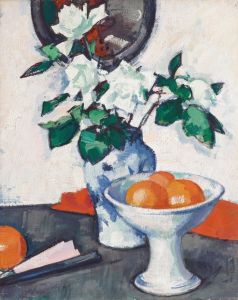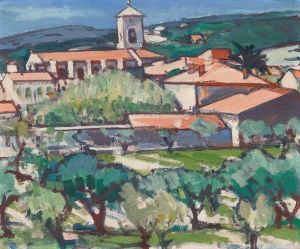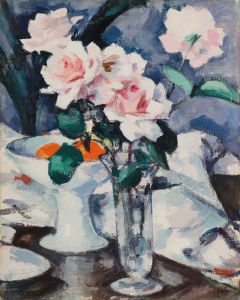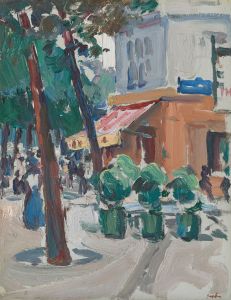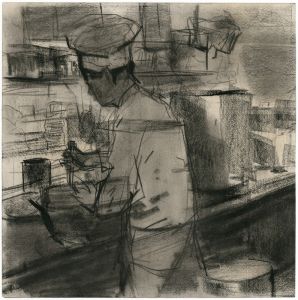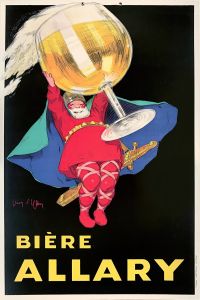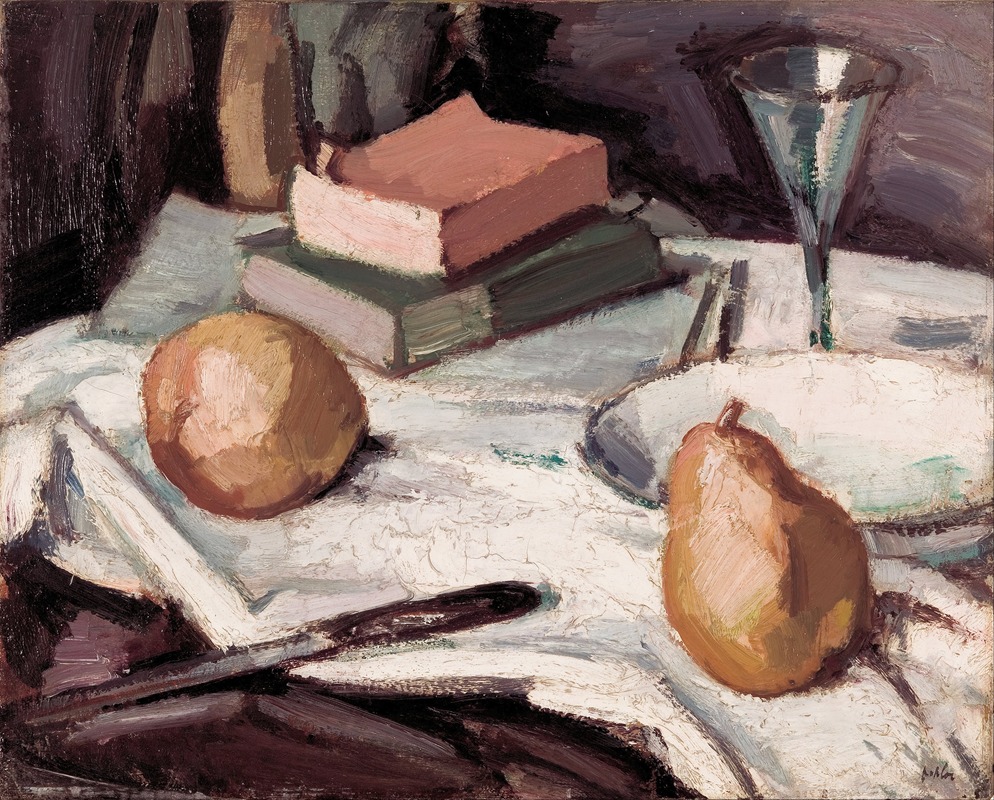
Still life with pears and wineglass
A hand-painted replica of Samuel John Peploe’s masterpiece Still life with pears and wineglass, meticulously crafted by professional artists to capture the true essence of the original. Each piece is created with museum-quality canvas and rare mineral pigments, carefully painted by experienced artists with delicate brushstrokes and rich, layered colors to perfectly recreate the texture of the original artwork. Unlike machine-printed reproductions, this hand-painted version brings the painting to life, infused with the artist’s emotions and skill in every stroke. Whether for personal collection or home decoration, it instantly elevates the artistic atmosphere of any space.
Samuel John Peploe was a Scottish Post-Impressionist painter, known for his still life compositions and association with the group of artists known as the Scottish Colourists. Among his notable works is "Still Life with Pears and Wineglass," which exemplifies his mastery in the use of color and composition.
Peploe was born in Edinburgh in 1871 and studied art in Paris and Edinburgh. His exposure to French Impressionism and Post-Impressionism significantly influenced his style. He was particularly inspired by the works of Paul Cézanne, whose approach to form and color had a lasting impact on Peploe's artistic development. Peploe's work is characterized by bold color contrasts, a keen sense of composition, and a focus on the interplay of light and shadow.
"Still Life with Pears and Wineglass" is a fine example of Peploe's still life paintings, which often feature everyday objects such as fruit, flowers, and ceramics. In this painting, Peploe arranges pears and a wineglass on a table, creating a harmonious balance between the objects. The composition is carefully structured, with the pears and wineglass positioned to draw the viewer's eye across the canvas. Peploe's use of color is particularly noteworthy; he employs a palette of rich, vibrant hues that bring the objects to life and create a sense of depth and texture.
The painting reflects Peploe's interest in the formal qualities of painting, such as line, shape, and color, rather than a detailed representation of reality. This approach aligns with the broader Post-Impressionist movement, which sought to move beyond the naturalism of Impressionism and explore more abstract and expressive forms of art. Peploe's still lifes are celebrated for their clarity and precision, as well as their ability to convey a sense of tranquility and order.
Peploe was part of the Scottish Colourists, a group of four painters including F.C.B. Cadell, J.D. Fergusson, and Leslie Hunter, who were active in the early 20th century. The Colourists were known for their vibrant use of color and their synthesis of French and Scottish artistic traditions. Peploe's work, including "Still Life with Pears and Wineglass," played a significant role in the development of modern art in Scotland and helped to establish the Colourists as an important movement in the history of British art.
Throughout his career, Peploe exhibited widely, both in Scotland and internationally. His work was well-received by critics and collectors alike, and he remains a highly regarded figure in the history of Scottish art. Today, Peploe's paintings are held in numerous public and private collections, and his still lifes continue to be admired for their beauty and technical skill.
"Still Life with Pears and Wineglass" exemplifies Peploe's ability to transform simple, everyday objects into works of art that captivate and inspire. Through his masterful use of color and composition, Peploe invites viewers to appreciate the inherent beauty of the objects he depicts, while also encouraging them to consider the broader artistic principles at play in his work.





